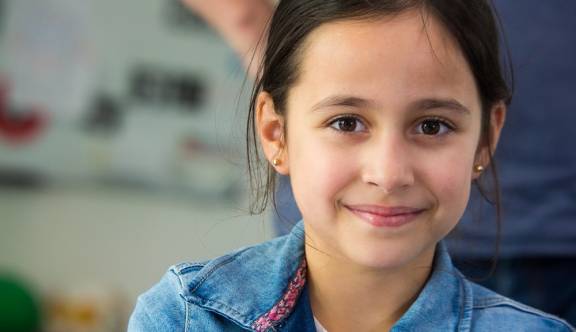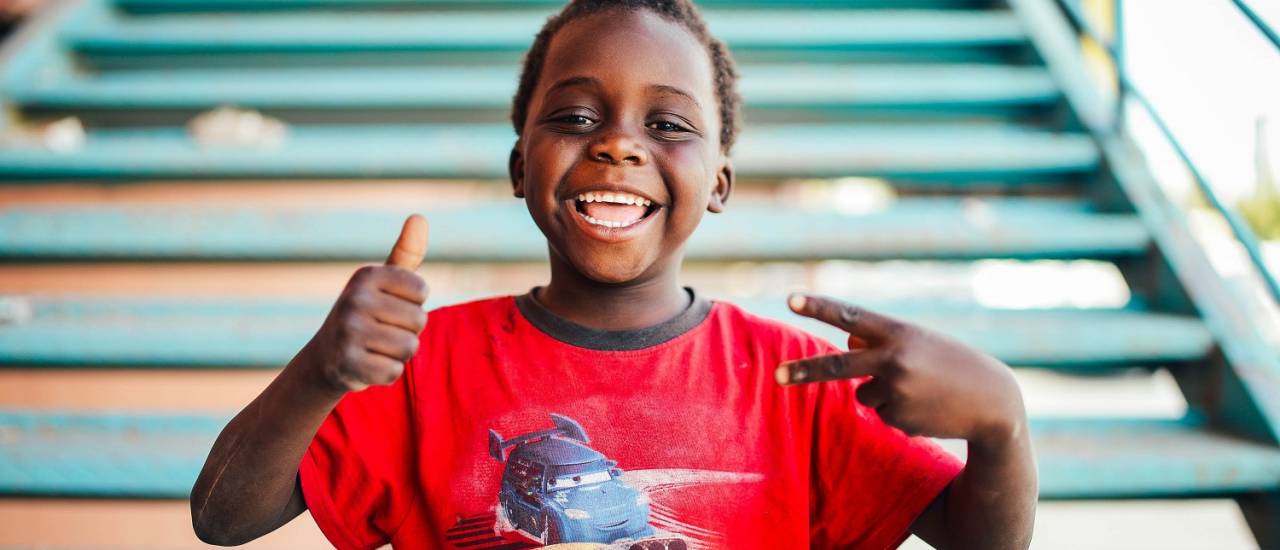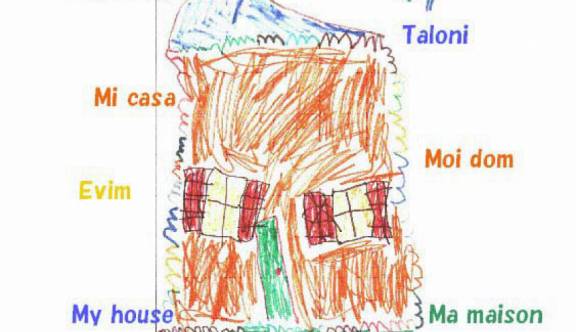Archibald, L. & Gathercole, S. (2006). Short‐term and working memory in specific language impairment. International Journal of Language and Communication Disorders, 41(6), 675-693.
Baddeley, A. (2003). Working memory and language: an overview. Journal of Communication Disorders, 36, 189-208.
Bekkers, H. (2018). Development of Dutch vocabulary in bilingual immigrant children: Differences with monolinguals and effects of child-internal and -external factors. Master’s thesis, Utrecht University.
Blom, E. (2008). Testing the Domain-by-Age model: Inflection and placement of Dutch verbs. In Haznedar, B. & Gavruseva, E. (Eds.), Current trends in child second language acquisition: A generative perspective. Amsterdam/Philadelphia: Benjamins.
Blom, E., Paradis, J. & Sorenson Duncan, T. (2012). Effects of input properties, vocabulary size and L1 on the development of third person singular –s in child L2 English. Language Learning, 62(3), 965-994.
Blom, E. & Baayen, H.R. (2012). The impact of verb form, sentence position, home language and L2 proficiency on subject-verb agreement in child L2 Dutch. Applied Psycholinguistics, 34(4), 777-811.
Blom, E., Küntay, A., Messer, M., Verhagen, J. & Leseman, P. (2014). The benefits of being bilingual: working memory in bilingual Turkish-Dutch children. Journal of Experimental Child Psychology, 128, 105-119.
Blom, E. & Paradis, J. (2013). Past tense production by English second language learners with and without language impairment. Journal of Speech, Language and Hearing Research, 56, 281-294.
Boerma, T., Chiat, S., Leseman, P., Timmermeister, M. & Blom, E. (2015). A quasi-universal nonword repetition task as a diagnostic tool for bilingual children learning Dutch as a second language. Journal of Speech, Language, and Hearing Research, 58, 1747-1760.
Boerma, T. & Blom, E. (2017). Assessment of bilingual children: What if testing both languages is not possible? Journal of Communication Disorders, 66, 65-76.
Boerma, T., Leseman, P., Wijnen, F. & Blom, E. (2017). Grammatical morphology in monolingual and bilingual children with and without language impairment: The case of Dutch plurals and past participles. Journal of Speech, Language, and Hearing Research, 60, 2064-2080.
Bosma, E., Blom, E., Hoekstra, E. & Versloot, A. (2016). A longitudinal study on the gradual cognate facilitation effect in bilingual children’s Frisian receptive vocabulary. International Journal of Bilingual Education and Bilingualism (published online).
Cummins, J. (1979). Cognitive/academic language proficiency, linguistic interdependence, the optimum age question and some other matters. Working Papers on Bilingualism, 19, 121–129.
Cummins, J. (1980). Psychological assessment of immigrant children: Logic or intuition?’, Journal of Multilingual and Multicultural Development, 1, 97–111.
De Jong, J. (1999). Specific Language Impairment in Dutch: Inflectional morphology and argument structure. Dissertatie, Universiteit van Amsterdam.
Dunn, L.M. & Dunn, L.M. (2005). Peabody Picture Vocabulary Test-III-NL, Nederlandse versie door Liesbeth Schlichting. Harcourt Assessment B.V., Amsterdam.
Golberg, H., Paradis, J. & Crago, M. (2008). Lexical acquisition over time in minority first language children learning English as a second language. Applied Psycholinguistics, 29, 1, 41-65.
Hammer, C.S., Hoff, E., Uchikoshi, Y., Gillanders, C., Castro, D., & Sandilos, L.E. (2014). The language and literacy development of young dual language learners: A critical review. Early Childhood Research Quarterly, 29(4), 15-733.
Hajer, M., Kootstra, G.J., & Van Popta, M. (2018). Ruimte en Richting in Professionalisering voor Onderwijs aan Nieuwkomers. Utrecht, Hogeschool Utrecht.
McLauglin, B. (1978). Second language acquisition in childhood. Hillsdale, N.J.: Erlbaum.
McDonald, J. (2000). Grammaticality judgments in a second language: Influences of age of acquisition and native language. Applied Psycholinguistics, 21, 395-423.
Paradis, J., Genesee, F., & Crago, M. (2011). Dual language development and disorders: A handbook on bilingualism and second language learning (2nd Edition). Baltimore: Brookes.
Paradis, J., Tulpar, J., & Arppe, A. (2016). Chinese L1 children’s English L2 verb morphology over time: Individual variation in long-term outcomes. Journal of Child Language, 43, 553-580.
Pot, H. (2018). Tweedetaalleren met handen en voeten. Dissertatie, Universiteit van Amsterdam.
Schelleter, C. (2002). The effect of form similarity on bilingual children’s lexical development. Bilingualism: Language and Cognition, 5, 93-107.
Ter Braak, K., Janssen-Feitsma, I., Blumenthal, M., & Vissers, C. (2018). Dynamische diagnostiek bij meertalige kinderen met problemen in de spraak-/taalontwikkeling. Tijdschrift voor Neuropsychologie, 13(2), 100-111.
Tomblin, J.B, Records N.L., Buckwalter, P., Zhang, X., Smith, E. & O'Brien, M. (1997). Prevalence of specific language impairment in kindergarten children. Journal of Speech, Language, and Hearing Research, 40(6), 1245-60.
Verhoeven, A. & Vermeer, L. (2001). Taaltoets alle kinderen. Cito, Arnhem.






